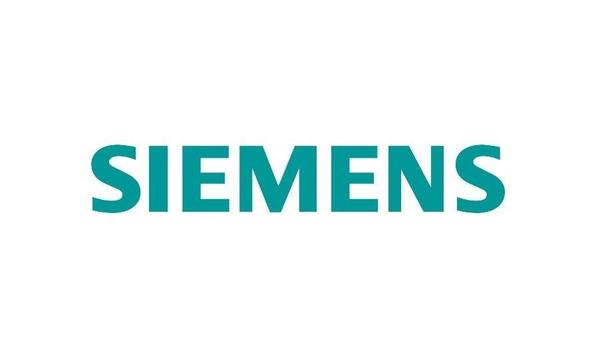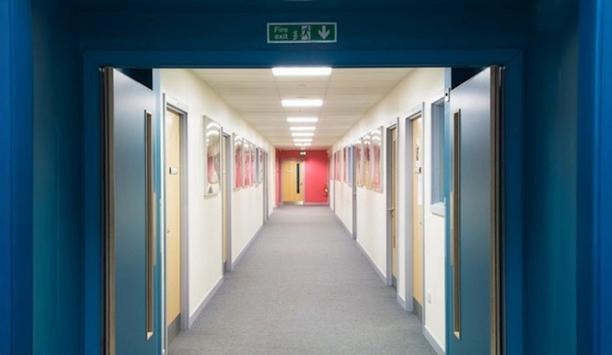There are a number of tools at the disposal of those tasked with preventing fires from wreaking damage on their commercial premises. Some are there to reduce the chances of a fire happening in the first place, some are there to prevent a fire from spreading and some are there to put out a fire.
Among the tools that can be used to put out a fire are what are called ‘fire suppression systems’. This article will examine what they are, how they work, the different types of fire suppression systems, and how and where they should be used.
Fire suppression systems
A good fire suppression system will detect a fire (whether that’s by picking up on heat, smoke, or flames), sound an alarm (at the premises in question but preferably also at the local fire station), and automatically and immediately release an appropriate substance designed to put the fire out.
If one is thinking that sounds a lot like what a sprinkler system does, you’d be right – but sprinklers dispense water only, and water is not an appropriate suppressant for all fires, such as those involving electrical items and cooking oil.
Fire extinguishers
Different types of fire extinguishers are located in different areas to deal with the fire risk present
In the same way, that different types of fire extinguishers are located in different areas to deal with the fire risk present at each, different fire suppression systems are usually needed in different parts of a building and in different industries.
Because fire suppression systems need no human intervention to make them work – although many will include a manual option – they are often located in more remote parts of a building unoccupied or seldom visited by members of staff. This means they can start fighting a fire considerably sooner than if it were left to people armed with extinguishers.
Types of fire suppression system
As mentioned, there are a number of different types of fire suppression systems to match the different types of fire likely to occur. These include:
- Gas suppression systems – for electrical fires, particularly in server rooms
- Kitchen fire suppression systems – for safely dealing with fires from burning cooking fats and oils
- CO2 suppression systems – for Class A, B & C fires
- Dry chemical suppression systems – for Class, A, B & C fires as well as electrical fires
- Wet chemical suppression systems – for use on Class A fires and those involving cooking oils and fats
Investing in fire suppression systems
Given how quickly a fire can take hold and get out of control, and how much damage can occur when that happens, most industries need to seriously consider whether a fire suppression system is a wise investment, including:
- Industrial/manufacturing – a fast and automatic response from a fire suppression system won’t just save on the potentially huge cost of replacing expensive stock and machinery, it could also mean you can avoid damaging delays to productivity and missed orders to customers.
- Data centers/server rooms – being rooms that are rarely occupied by people, but which hold large quantities of expensive equipment and vital data, you need to be confident that a fire can be dealt with using the right type of suppressant immediately.
- Warehousing and storage – many warehouses contain large amounts of flammable materials, such as packaging. A fire could easily get out of hand without the near-immediate intervention that you only get with an automatic system.
- Commercial kitchens – kitchen fires can get very big very quickly and it’s essential that the right means of tackling them are used as soon as possible. Having someone panic and using the nearest thing to hand – such as water – could have disastrous consequences.













